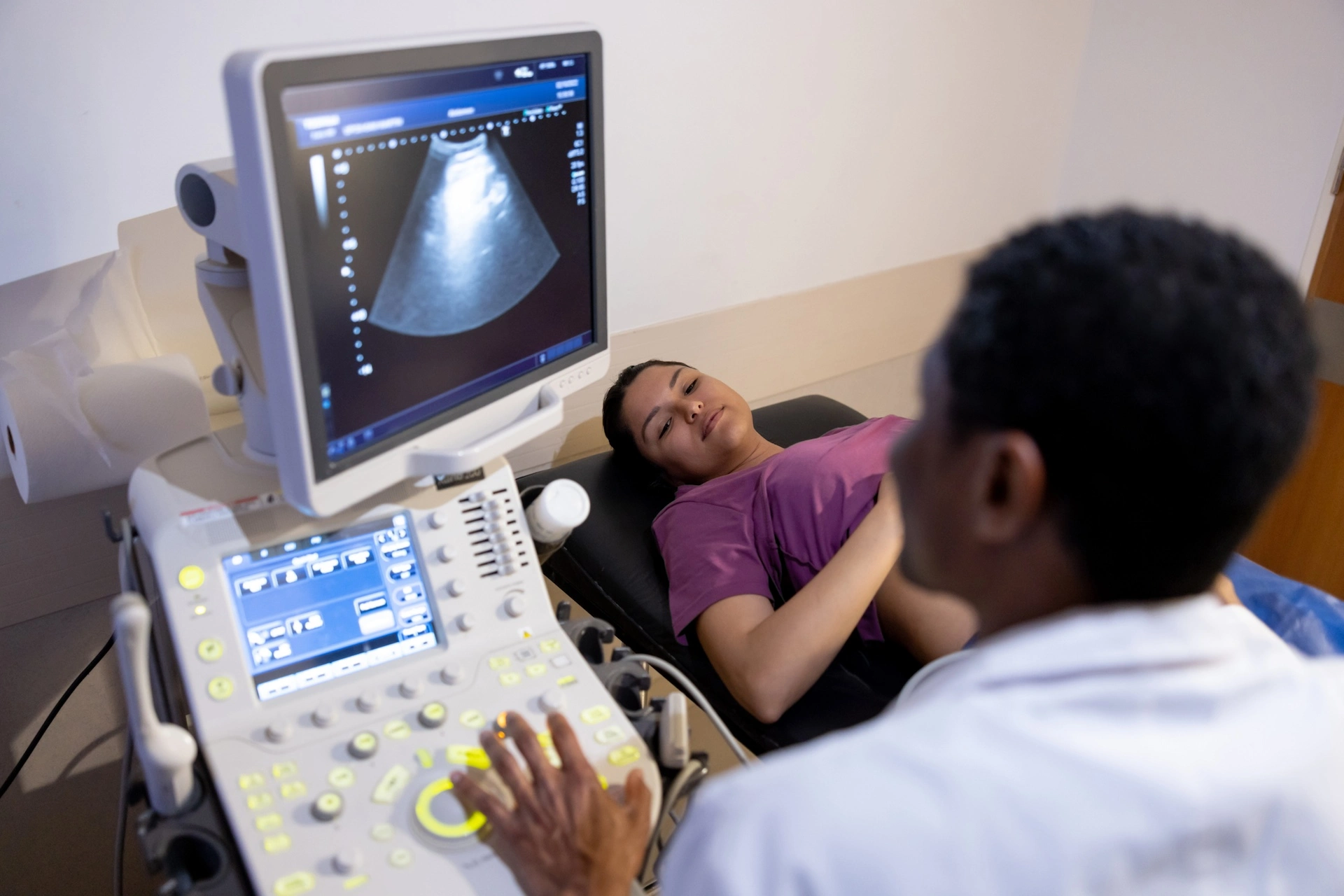The Kaiser Permanente Vaccine Study Center (VSC), which conducts research to advance scientific understanding of vaccines at all levels of development, published widely-covered studies this fall on both the deficiencies and general safety of two vaccines for children and adolescents.
The first, published in the New England Journal of Medicine, reported that protection against pertussis (also called whooping cough) waned during the five years after the fifth recommended dose of the combined diphtheria, tetanus, acellular pertussis (DTaP) vaccine, which is routinely given to 4- to 6-year-old children prior to starting kindergarten.
This is the first study to focus specifically on a large population of children who had received DTaP vaccines since birth, and for whom enough time had passed since their fifth dose that the waning protection of the vaccine could be measured. The study period included a large pertussis outbreak that occurred in California during 2010. VSC researchers examined the relationship between time since vaccination with the likelihood of a positive pertussis test in the Kaiser Permanente Northern California population, which includes 3.3 million members in an integrated care system with electronic medical records and a central laboratory.
They found that protection from pertussis after the fifth dose wanes more than 40 percent each year. The amount of protection remaining after five years depends heavily on the initial effectiveness of the fifth dose of DTaP, according to Nicola Klein, MD, PhD, co-director of the Kaiser Permanente Vaccine Study Center. If the initial effectiveness of the fifth dose of DTaP was 95 percent, the effectiveness of DTaP would decrease to 71 percent after five years. Whereas if the initial effectiveness was 90 percent, it would decline to 42 percent after five years, explained the researchers.
“The findings suggest that whooping cough control measures may need to be reconsidered. Prevention of future outbreaks may be best achieved by developing new pertussis-containing vaccines or reformulating current vaccines to provide long-lasting immunity,” said Dr. Klein. “That said, the DTaP vaccine is effective and remains an important tool for protection against whooping cough for children and the communities in which they live, and following current CDC recommendations remains important.”
The Centers for Disease Control and Prevention currently recommends five DTaP shots for children. The first three shots are given at 2, 4 and 6 months of age. The fourth shot is given at 15 through 18 months, and a fifth shot is given when a child enters school, at 4 through 6 years of age.
In another study, published in the Archives of Pediatrics & Adolescent Medicine, VCS researchers focused on the general safety of the quadrivalent human papilloma virus (HPV4) vaccine, which was approved by the Food & Drug Administration in 2006 for females between the ages of 9 and 26 for prevention of a range of diseases attributed to HPV. More recently, HPV4 was approved for the same age group for the prevention of vaginal and vulvar cancer, for males between the ages of 9 and 26 years for the prevention of genital warts, and in both males and females for the prevention of anal intraepithelial neoplasia and cancer.
Human papillomavirus (HPV) is a family of small DNA viruses that are associated with the most commonly detected sexually transmitted infections in women. While most HPV infections cause no symptoms and are self-limited, persistent genital HPV infection can lead to cervical cancer. HPV is estimated to cause over half a million new cancers every year worldwide. However, despite the protection offered by HPV4, vaccination rates are low among girls in the U.S.; just 35 percent received the recommended three doses in 2011 according to the Centers for Disease Control and Prevention.
The study was conducted within the integrated health care delivery systems of Northern and Southern California Kaiser Permanente and included 189,629 females who received one or more doses of HPV4 between August 2006 and March 2008 for a total of nearly 350,000 HPV4 doses.
After comparing the risk of ER visits and hospitalizations during post-vaccination with control intervals, VCS researchers found immunization was associated with only minor health problems, including same-day fainting and skin infections in the two weeks after vaccination, some of which may have been local injection site reactions.
“That this study detected two potentially expected outcomes provides reasonable reassurance that it was a valid approach to uncovering HPV4-associated safety signals,” Dr. Klein stated. “The findings substantiate the overall safety of the HPV4 vaccine in women and girls following routine administration in a clinical setting.”
The study, funded by Merck & Co., manufacturer of the HPV4 vaccine GARDASIL™, was a post-licensure commitment to the Food and Drug Administration and the European Medicines Agency.





This Post Has 0 Comments